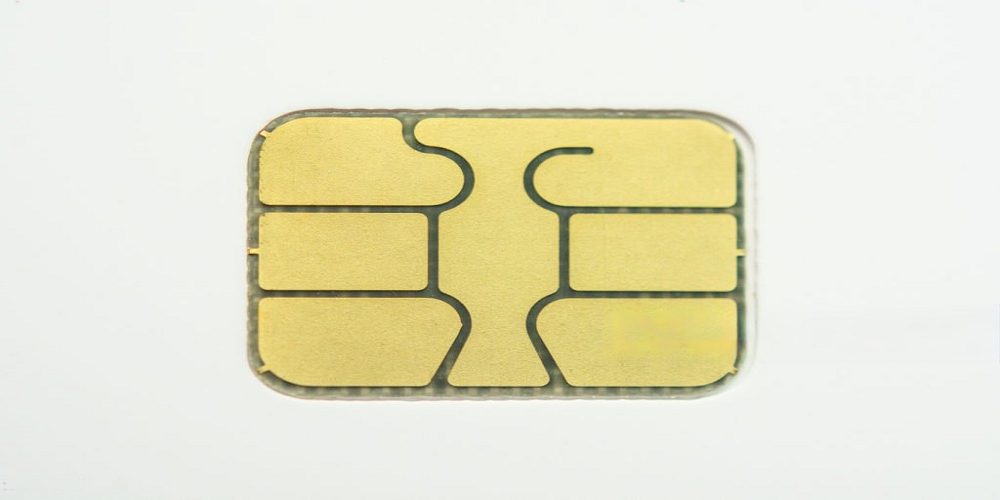The Yin and Yang of It: Retailers Push for Secure Cards, Target Already Tried Them
A Tumultuous Aftermath: From Data Breaches to “Smart” Cards
In the aftermath of the notorious consumer data breach, discussions around “Secure EMV Cards” are gaining momentum. Reports suggest that hackers might have accessed Target customers’ information spanning a decade. Moreover, authorities arrested a couple near the U.S./Mexican border, possessing a slew of counterfeit credit cards, seemingly crafted from a portion of this stolen data.
Retailers Call for Change: The Push for EMV Cards
Meanwhile, according to a recent article in USA Today, “retailers want banks to issue ‘smart’ credit cards to fight fraud,” as the headline had it. According to the report, “Matthew Shay, president and CEO of the National Retail Federation (NRF), has sent a letter to the leaders of Congress, calling on the banking industry to switch from the easy-to-hack magnetic stripe to the more secure PIN and Chip.”
These would be the “EMV” cards we’ve written about here before — already used abroad, and theoretically more secure, with their chip technology, than the stripe cards that are still standard here.
Transitioning to Shay’s perspective, he stated, “Banks continue to issue cards with the outdated and susceptible magnetic stripe (and signature) security. Consequently, American cardholders face significant unprotected risks.”
Target’s Prior Initiative: The Irony in the Saga
The irony, though, comes from a Wall Street Journal report in the same news cycle: “Target Tried Antitheft Cards” the large headline reads, while the sub-header continues that “Years Ago Retailer Halted Rollout of Chip-Based Payment System.”
Uh oh! The article notes that “the U.S. has become the preferred target for criminal hackers,” due to not having the more secure system. Apparently, ten years ago, Target tried to steer the industry in the direction of chip-over-stripe, however, collaborating with Visa to bring the chip technology to its over 1,000 stores.
The chain’s “credit-card division tried to keep the program but lost out to the concerns of executives responsible for store operations and merchandising…who worried the technology slowed checkout speeds and didn’t offer enough marketing benefits.”
One wonders what the marketing benefits will be now, in the wake of the breach?
Collaborative Efforts for Enhanced Security
The article highlights a potential emerging consensus and cites JP Morgan Chase CEO James Dimon. He asserts, “We all share a mutual interest in protection. Consequently, this presents an opportunity for retailers and banks to collaborate, rather than continuing the legal battles we’ve engaged in over the past decade.”
Target, meanwhile, claimed there were a voice in the wilderness, having tried for three years to get the program going, with no one else in the industry following along.
The lengthy article does note, however, that “payment and security experts say the technology wouldn’t have prevented the attack at Target, but it would have made it more difficult for thieves to counterfeit the cards and make fraudulent purchases.”
The Future of Payment Systems: What Lies Ahead
Transitioning into the future, the article indicates that by October 2015, a mere year and a half away, this technology will likely see a surge in U.S. popularity. Moreover, credit card companies are planning to place the financial burden of fraud on merchants if they fail to process a chip-enabled card correctly. Currently, the banks that issue the cards bear these fraud-related costs.
Let us answer your questions about the changes that are coming, and the changes you can make now — from expanded payment options for your customers, to more security for you, and them.
Contact your AVPS rep today, and get a head start on tomorrow.








